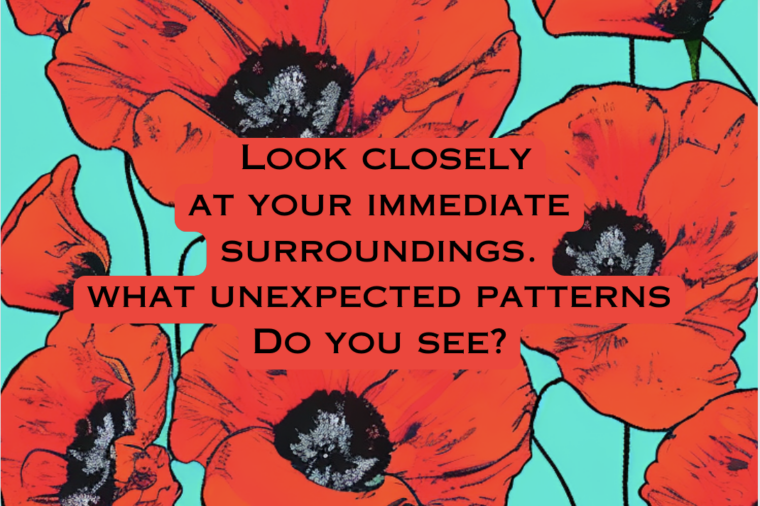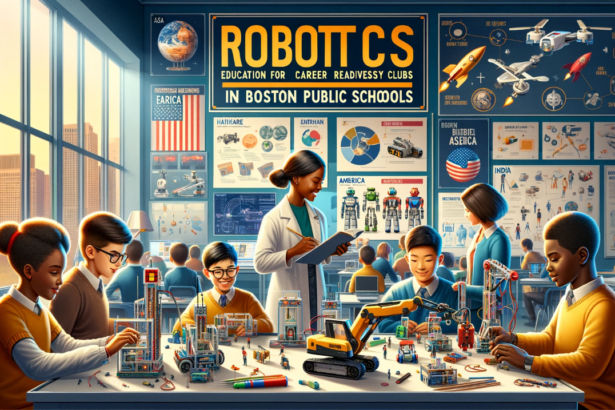My project is a card deck focused on reclaiming our creativity. The card prompts build an intentional, daily practice centered on wonder and bewilderment, which is underpinned by slow looking pedagogy. Further, this project was inspired by George Land’s creativity test for NASA, in which 98% of 1,600 four and five-year-old children were assessed as having genius levels of creativity. When these same children were reassessed as adults, only 2% of the children had the same genius levels of creativity. Reading this specific study sparked my interest in a much larger issue within the U.S. educational system– that we essentially train students to lose or ignore their creativity. Maxine Green (2001) introduced the notion of an “inkling” as the discovery of the imaginative space. On a related note, Mojozo (1995) adamantly exclaims that we need ‘dream time’ to properly respond and prepare to respond creatively to the calls in our environment. Inherent in this claim is the need for time, as well as the space to build and refine this consciousness. Most formal educational spaces are on tight schedules that do not dedicate time for “true play” or imaginative tinkering. My card deck focuses on simple and accessible prompts that educators can use “on the fly” without extra materials to break down the barrier we so often hear… “I love this idea, but I don’t have the time (or money) to add this into my lesson plans.” This card deck can also be used outside of the classroom. It truly embodies the notion that our every day lives are learning experiences. My project, which has manifested into a card deck, is a small and accessible first step in reclaiming our creativity inside and outside the classroom. Lastly, the title itself is a nod at the the emerging field of neuroaesthetics that explores how the arts engage the mind in novel ways and the health (both physical and mental) benefits we gain from artful experiences.
References
- Greene, M. (2001). Thinking of Things as if They Could Be Otherwise: The Arts and Intimations of a Better Social Order. In Variations on a Blue Guitar: The Lincoln Center lectures on aesthetic education. Teachers College Press, 116-121.
- Majozo, E. C. (1995). To search for the good and make it matter. In S. Lacy (Ed.), Mapping the terrain: New genre public art. Bay Press, 88-93.
- Tishman, S. (2018). Slow looking : the art and practice of learning through observation. Routledge.
- Vint, L. (2005). Fresh Thinking Drives Creativity & Innovation. 2005(94), 20–22.



